The coffee shop regular stares at her laptop screen, frustrated by her small business website that looks like it belongs in 2005. Meanwhile, the teenager at the corner table effortlessly codes a responsive web application that adapts seamlessly across mobile, tablet, and desktop devices. This scene illustrates a fundamental truth: web design and development skills have become essential in our digital economy. Businesses desperately need professionals who can create engaging user experience while mastering both creative visual elements and complex programming technologies. Learning these skills opens doors to diverse career opportunities in Ontario‘s thriving digital media industry.
Understanding the Web Design and Development Landscape
Web Design and Web Development represent two interconnected but distinct disciplines that work together to create effective websites and web applications. Web designers focus on visual elements, user experience design, and interface design, while Web Developer professionals handle programming, database design, and server-side scripting.
Core Web Design Components:
- Graphic Design principles including Photoshop and Illustrator proficiency
- User experience planning and wireframes creation
- Responsive Design ensuring optimal viewing across all devices
- Visual elements coordination and content presentation strategies
- Interactive media design and user engagement optimization
Essential Development Technologies:
- HTML5 and Cascading Style Sheets (CSS3) for structure and styling
- JavaScript, React, Angular, and Vue.js for interactive functionality
- Node.JS and PHP/MySQL for back-end development
- Content management systems like WordPress for dynamic content
- Database design and server-side scripting for data management
The World Wide Web continues evolving with progressive web apps, serverless architectures, and voice UI design creating new opportunities for skilled professionals. Front-end developers focus on user interfaces, while back-end developers manage web server functionality and data processing.
Modern web development needs knowledge of mobile app integration, eCommerce platforms, and search engine optimization strategies. Full-stack developers combine both front-end development and back-end development expertise, making them highly valuable in today’s job market.
Building Your Foundation: Essential Skills and Technologies
Beginning web design and development students must master fundamental technologies before advancing to complex frameworks and specialized tools. This foundational knowledge enables success across diverse web project types and agency environments.

HTML and CSS Fundamentals:
- HTML5 markup for semantic web page structure
- CSS3 styling including CSS Flexbox for layout control
- Responsive Design techniques ensuring mobile compatibility
- Static web pages creation and content presentation
- Web accessibility standards and inclusive design principles
We teach JavaScript and interactive development.
- Java Script fundamentals for dynamic web pages
- jQuery library for simplified DOM manipulation
- React and Angular frameworks for complex web applications
- Client-side scripting for enhanced user experience
- Interactive elements and user engagement features
Design and User Experience:
- Figma and design software proficiency
- UX designer principles and user experience design methodologies
- Wireframes creation and interface design planning
- Visual elements coordination and Graphic Design integration
- Interaction design for engaging user experiences
Developers use performance optimization, security protocols, and web analytics to build professional websites. These websites meet modern standards. Search engine optimization knowledge ensures sites achieve visibility and attract target audiences effectively.
Exploring Career Paths and Specializations
Web Design & Development offers many career options. These include agency work, corporate jobs, and freelance specialties. Ontario businesses increasingly need skilled professionals who can navigate complex digital marketing landscapes.
Design-Focused Career Paths:
- Web designers specializing in visual elements and user experience
- UX designer roles focusing on user experience design and research
- Graphic Design specialists working in digital media industry
- Interactive media designers creating engaging content
- Web graphic design professionals combining aesthetics with functionality
Development Specializations:
- Front-End Web Development focusing on user interfaces
- Back-end developers managing database design and server-side scripting
- Full-stack developers combining comprehensive programming skills
- Applications developer and game developer roles
- SEO specialist positions optimizing search visibility
Emerging Opportunities:
- Multimedia programmer roles in interactive content creation
- Web content manager positions overseeing content management systems
- Mobile application developers extending web skills to apps
- Progressive web apps specialists bridging web and mobile
- Voice UI design experts adapting interfaces for voice interactions
Co-op employment opportunities through Ontario colleges provide valuable experience while studying. Development Program participants often secure positions before graduation through industry connections and practical project experience.
Learning Methodologies and Educational Approaches
Effective web design and development education combines theoretical knowledge with hands-on project experience. Ontario colleges offer comprehensive programs balancing programming instruction with creative design development.

Structured Learning Approaches:
- Certificate of completion programs providing focused skill development
- Capstone project experiences demonstrating comprehensive abilities
- Web application development courses emphasizing practical skills
- Multimedia production training combining design and technical skills
- Client Management education for agency and freelance work
Hands-On Project Development:
- Web project creation from concept through deployment
- Portfolio development showcasing diverse web design concepts
- Interactive web applications demonstrating programming proficiency
- Responsive website creation meeting mobile standards
- Content management systems customization and optimization
Industry-Standard Tools and Software:
- Photoshop and Illustrator for visual elements creation
- Figma for wireframes and interface design
- Development environments supporting HTML5, CSS3, and JavaScript
- WordPress and other content management systems
- Web analytics tools for performance optimization
Video and motion graphic skills improve multimedia abilities. Learning HTTP protocols and web server administration gives full technical knowledge. Progressive web apps development represents cutting-edge skills valued by modern businesses.
Technology Trends and Future Opportunities
The web development landscape continues evolving with emerging technologies creating new career opportunities. Next.js, serverless architectures, and voice UI design represent growth areas for skilled professionals.
Current Technology Trends:
- React and Vue.js frameworks for dynamic web pages
- Node.JS for server-side JavaScript development
- Progressive web apps bridging web and mobile experiences
- CSS Flexbox and advanced CSS3 for responsive layouts
- Database design optimization for web application performance
Emerging Opportunities:
- Voice UI design for smart device interfaces
- Serverless architectures reducing infrastructure complexity
- Interactive content creation for enhanced engagement
- Web accessibility compliance and inclusive design
- Performance optimization for improved user experience
The industry needs more professionals who understand search engine optimization. It also needs experts in digital marketing and web analytics. This demand keeps growing. Businesses need developers who can create websites that not only function well but also achieve marketing objectives and drive success.
Why Choose Central College For Web Design Education
Central College stands out in Ontario’s web design and development education. It offers complete programs, modern facilities, and strong industry connections. These features improve student learning and prepare them for careers.
Our Web Design and Development Program combines the latest technology training with creative design education. Students master HTML5, CSS3, JavaScript, React, and WordPress while developing Graphic Design skills using Photoshop and Illustrator. The curriculum emphasizes Responsive Design and mobile optimization essential for modern web development.
Central College offers professional development environments. It also provides web server technologies and database design tools. Students work with content management systems, progressive web apps, and interactive media creation software matching industry standards.
Practical Experience Focus: Our program emphasizes hands-on learning through web project development, capstone project experiences, and portfolio creation. Students gain experience with Client Management, web analytics, and performance optimization essential for agency and corporation environments.
Career Support and Opportunities: Strong industry partnerships facilitate co-op employment placements and career networking. Our career services support graduates in securing positions as Web Developer, UX designer, SEO specialist, and multimedia programmer roles throughout Ontario.
Central College is in Mississauga on land cared for by Anishinaabe, Haudenosaunee, and Wendat Nations. It gives students access to Toronto’s busy digital media industry. The college also offers a supportive learning environment. OSAP loans and flexible payment options make education accessible to diverse students.

Our facilities support front-end development education. They also support back-end development with interactive labs and group workspaces. Students access industry-standard software and web development environment tools preparing them for professional practice.
Web Design Skills and Career Preparation at Central College
Learning web design and development as a beginner requires dedication, structured education, and hands-on practice with industry-standard technologies. Central College‘s comprehensive program provides the foundation for success in Ontario‘s dynamic digital economy. From HTML5 and CSS3 fundamentals to advanced JavaScript frameworks and responsive design principles, students develop skills meeting modern business needs. Graduates have strong industry connections and practical project experience. They also get full career support. This helps them start jobs in web development, user experience design, and digital marketing. These fields are growing in Canada’s technology sector.
